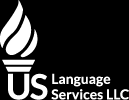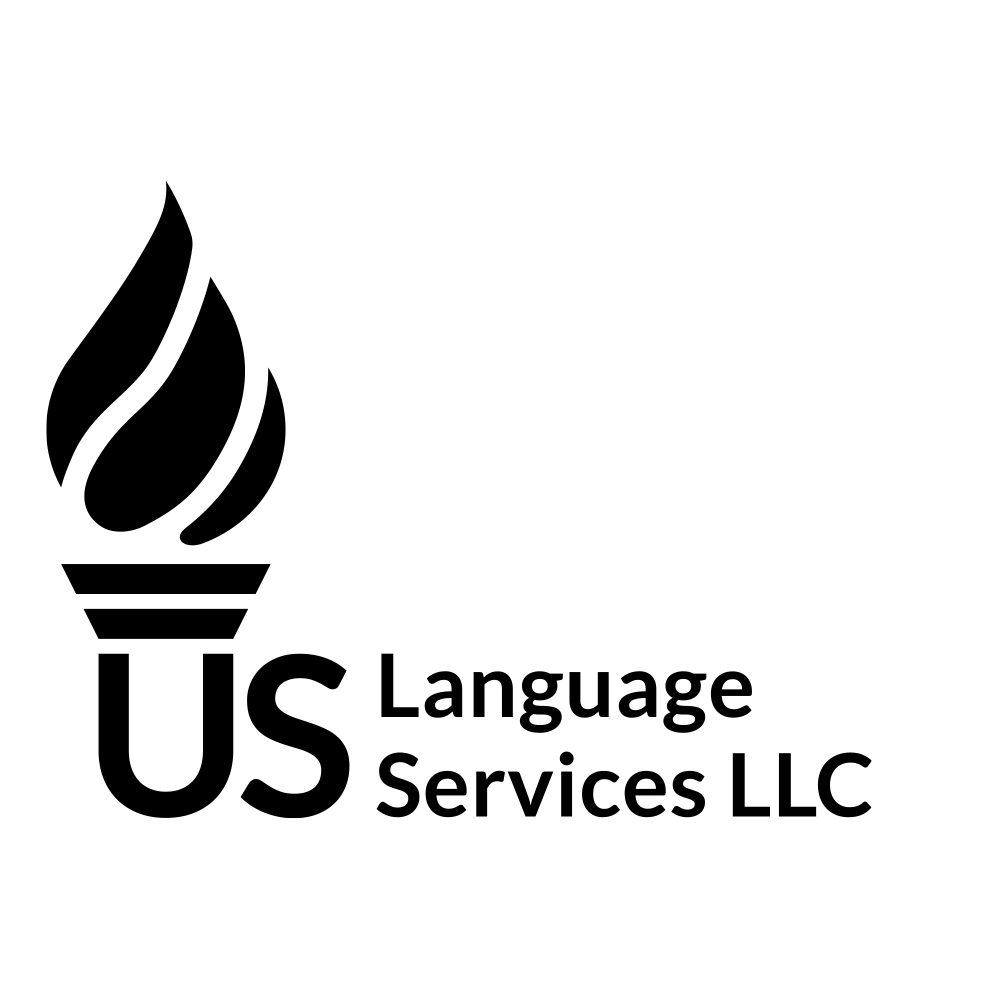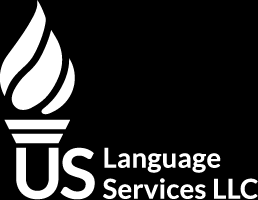What Is Form I-130?
Form I-130 is officially called the “Petition for Alien Relative”. The I-130 is filed by a U.S. citizen or green card holder when their relative wants to apply for a green card and live in the U.S. The purpose of the I-130 is to establish a valid relationship between the U.S. citizen or green card holder and their relative.
Form I-130 will be filed with the U.S. Citizen and Immigration Services (USCIS). Filing form I-130 is the first step towards a family based green card. Form I-130 is used for a spouse to immigrate to the U.S. Form I-130 will also be used for other relatives such as parents, children and siblings.
In the context of marriage, the purpose of the I-130 is to prove to USCIS that your marriage is valid and authentic. The most important document to include is your marriage certificate. You will also include other documents such as joint bank statements, or a lease showing you live together. This helps show that your marriage is not fraudulent.
According to Form I-130, if you submit a document with information in a foreign language, you must also submit an English translation. To guarantee that your I-130 is processed as quickly as possible, it helps to use a certified translator.
You can order a certified translation of these documents from our online store:
Order Your Certified Translation
In this guide we answer several questions about Form I-130:
- How Long Does Form I-130 Take To Process?
- How Much Does Form I-130 Cost?
- Who Should File Form I-130?
- What Relationships Are Not Eligible With Form I-130?
- What Documents Do I Need To Provide With My I-130?
- Should My Documents Be Translated Into English?
- What If I Don’t Have An Important Document?
- What Is The Difference Between Form I-130 and Form I-485?
- How Should I File Form I-130?
- Can I Expedite My Form I-130?
- Can I Check My I-130 Status Online?
- What Do I Do After My I-130 Is Approved?
- Do I Need To Go To A Biometrics Services Appointment?
- What If My I-130 Is Denied?
- Is There An Interview For Form I-130?
- Can My Relative Work Before The I-130 Is Approved?
- Can I File Form I-130 and Form I-485 At The Same Time?
- Can I File Form I-130 For My Fiancé?
- Can You Travel While Waiting For Form I-130 To Be Processed?
- Can I Use Form I-130 If I, Or My Relative Has A Criminal Record?
How Long Does Form I-130 Take To Process?
Immediate relatives – For spouses, children under 18, and parents of U.S. citizens, green cards are always immediately available and unlimited. People in this category do not have to wait for a visa, so USCIS will begin reviewing their I-130s very quickly. For immediate relatives the wait time as of June 2022 is from 5-15 months.
Other relatives – For other family relationships it is important to file your I-130 as soon as possible. The day your I-130 is filed correctly, becomes your “priority date”. I-130 petitions are usually processed in the order they are received by USCIS. The processing time can take anywhere between 5 and 30 months.
The visa bulletin has more information about when green cards will be available. This depends on which preference category you are in, and which country you are from. Family relationships are placed in different preference categories from F1-F4. In general there are 226,000 green cards available per year for family based green cards in categories F1-F4.
The USCIS has a way to check your case’s processing time, and an explanation of how processing times are determined.
How Much Does Form I-130 Cost?
The fee to file form I-130 is $535. You can pay this fee in multiple ways including.
- Money Order
- Personal Check
- Cashier’s Check
- Credit Card using Form G-1450
If you pay by check, make the check payable to “U.S. Department of Homeland Security”. The USCIS has an online guide regarding how to pay filing fees.
Who Should File Form I-130?
U.S. citizens or green card holders may file Form I-130 for eligible relatives.
U.S. citizens can file Form I-130 for their spouses, children, siblings and parents. If filing for siblings and parents, the person filing must be at least 21 years old.
Green card holders can file Form I-130 for their spouses and unmarried children.
The person who files the I-130 petition is the person who is already a U.S. citizen or U.S. green card holder. They are called the “Petitioner”. The person who is trying to obtain a green card is called the “beneficiary”.
What Relationships Are Not Eligible With Form I-130?
Some family relationships do not make a person eligible to use Form I-130. Those relationships include the following:
- Aunts, uncles, cousins, nieces, nephews, in-laws or grandparents.
- Adopted child or adoptive parent if the child was adopted after they were 16 years old.
- Adopted child or adoptive parent if the child was adopted less than 2 years before filing the I-130
- A biological parent if you are their child and became a U.S. citizen or green card holder through adoption, or as a special immigrant juvenile.
- A stepparent or stepchild if the parents were married after the child turned 18.
- A spouse, if you and your spouse were not physically present in the same location for the ceremony.
- A spouse, if the petitioner became a green card holder from a previous marriage to a U.S. citizen or green card holder. (Unless the petitioning spouse is now a naturalized U.S. citizen, or has had a green card for five or more years.)
- A spouse, if you were married during a time when they were the subject of any legal proceedings regarding their right to be admitted into, or remain in the United States.
- Any relative, if USCIS believes they are using fraudulent marriage to immigrate to the U.S.
What Documents Do I Need To Provide With My I-130?
The documents that must be filed with Form I-130 have two purposes. The first purpose is to prove that the petitioner is truly a U.S. citizen or green card holder. The second purpose is to prove that the relationship between the petitioner and the relative who is applying for a green card, is legitimate.
These usually include things like birth certificates and marriage certificates.
There are several different types of documents that the petitioner and the beneficiary need to provide for the I-130:
- To establish proof that the petitioner is a U.S. citizen they will need to provide several documents. These include but may not be limited to:
- A copy of the petitioner’s birth certificate if they were born in the U.S.
- A copy of the petitioner’s naturalization certificate or citizenship certificate if they obtained citizenship in these ways.
- A copy of the petitioner’s Consular Report of Birth Abroad (CRBA) if the petitioner was born abroad.
- A copy of the petitioner’s unexpired U.S. passport.
- An original statement from a U.S. consular officer verifying you are a U.S. citizen with a valid passport.
- If the petitioner is a green card holder, they will need to provide:
- A copy of the front and back of the petitioner’s green card.
- To establish proof that your marriage is valid you will need to provide several documents that may include, but are not limited to:
- Documents showing that you own property together.
- A lease to prove that you live at the same address.
- Joint bank statements showing you share financial resources.
- Birth certificates of children born to you and your spouse together.
- Legal proof of name-change if applicable.
- Two passport-style photographs.
- Evidence that any previous marriages are terminated.
Should My Documents Be Translated Into English?
Yes, according to USCIS, if you submit a document with information in a foreign language, you must also submit an English translation.
To guarantee that your I-130 is processed as quickly as possible, it helps to use a certified translator. The documents and forms mentioned above may not be a complete list. Forms that commonly need to be translated include:
You can order a certified translation of these documents from our online store:
Order Your Certified Translation
What If I Don’t Have An Important Document?
If you are missing a document that’s listed above, there are still other ways to demonstrate information to USCIS.
- The first thing you must do is submit a statement from the corresponding civil authority verifying that the document is not available.
- The second thing you should do is submit “secondary evidence”. The purpose of secondary evidence is to prove the thing which your missing document would have proved.
An example might be if you are missing a birth certificate, but you were baptized by the Catholic Church. In this case, a record of your baptism made within 2 months of your birth can be secondary evidence. This baptism would need to have the official symbol of the Catholic Church printed on it. It should also include the date and place of your birth, the date of the religious ceremony, and the names of your parents.
What Is The Difference Between Form I-130 and Form I-485?
Form I-130 is filed by the family member who is already a U.S. citizen or green card holder. This person is called the “petitioner”. The person who hopes to immigrate to the U.S. is called the “beneficiary”. The purpose of Form I-130 is to prove both people’s identity and to prove they are truly related to each other.
Form I-485 is filed by any person who is in the U.S. but doesn’t have a green card yet. This person will be trying to adjust their status from the visa they entered the U.S. with, to a lawful permanent resident. The purpose of the Form I-485 is to actually apply for a green card.
Form I-130 and Form I-485 can be used together if a person is trying to get a family green card. For example, if two people are married, the spouse who is a U.S. citizen will file Form I-130 and their foreign spouse will file Form I-485. Both forms need to be filed and in some cases, the two forms can possibly be filed at the same time.
How Should I File Form I-130?
You have two options when filing your form I-130. You can mail a paper copy, or file online.
By Mail: If you are filing your I-130 by mail, the address you mail your form to, depends on where you live. USCIS provides a detailed list of which address you should use.
Usually this must be filed inside the U.S. but USCIS sometimes allows Form I-130 to be filed abroad at a field office, U.S. embassy or consulate. This is possible in special circumstances such as the petitioner being in the military, or in an emergency.
Online: If you are filing your I-130 online, the first step is to create an account. If you need more help signing up, USCIS has provided more specific instructions.
There are actually many benefits to creating a USCIS online account . Overall, it will make uploading documents easier and prevent you from forgetting things. Creating an online account also allows you to receive real time updates and track your case.
Can I Expedite My Form I-130?
There is no way to guarantee that your Form I-130 will be processed more quickly. You cannot pay for faster service. However, USCIS may consider expediting your forms if there is an emergency or humanitarian reason. You will need to provide additional proof of the urgent situation when requesting expedited service.
Can I Check My I-130 Status Online?
You can check your I-130 status online using the USCIS case status tool. To use this tool you need your 13 digit receipt number.
This online tool may also allow you to check the form of your I-797C, and may include other important information.
What Do I Do After My I-130 Is Approved?
After your Form I-130 is approved, the next step depends on if your relative is in the U.S. or if they are in another country.
In the United States: If your relative who is applying for a green card is in the U.S. the next step will be for them to begin filing Form I-485. If you are a U.S. citizen your immediate family member can apply right away. However, if you are a green card holder, your family member may have to wait for a green card to become available on the Visa Bulletin before filing Form I-485. This process is Adjustment of Status.
In another country: If your relative who is applying for a green card is in another country, the next step will be for them to begin filing Form DS-260. This way of immigrating is called Consular Processing.
Do I Need To Go To A Biometrics Services Appointment?
USCIS can require you to go to a Biometrics Services Appointment. This will most likely be after you file your Form I-130. The purpose of the biometrics services appointment is for USCIS to gather things like fingerprints, conduct background checks and other things to help verify your identity.
If you need to go to a Biometrics Services Appointment, USCIS will inform you in writing using Form I-797C, Notice of Action. This will tell you the exact location, or USCIS Application Support Center (ASC) you need to go to. It will also tell you the exact date and time of your appointment. If you are in another country, Form I-797C will tell you how to set up an appointment at a U.S. Embassy, U.S. Consulate or USCIS field office.
What If My I-130 Is Denied?
If your I-130 Petition is denied, you may be able to appeal. If you appeal, it must be done within 30 days of the denial of your petition. To appeal you will use Form EOIR-29.
The decision letter you receive from USCIS will include the address to send Form EOIR-29. The service fee to file Form EOIR-29 is $110.
Is There An Interview For Form I-130?
USCIS almost always schedules an interview for the petitioner, and the beneficiary. The purpose of the interview is for USCIS to verify the information provided in Form I-130 and ask any additional questions.
There are times when USCIS waives the interview in special circumstances. These special circumstances might include times when the applicant is obviously eligible, unmarried children of U.S. citizens, or parents of U.S. citizens.
Special circumstances might also include times when the petitioner or beneficiary is sick or in the military.
Can My Relative Work Before The I-130 Is Approved?
Filing Form I-130 is only the first step for your relative to obtain a green card. Although it is the beginning of the process, it does not give your relative the right to work.
Your relative may be eligible to file Form I-765 Application for Employment Authorization. If Form I-765 is approved, they will receive an Employment Authorization Document (EAD), which would allow them to work.
Can I File Form I-130 and Form I-485 At The Same Time?
Filing Forms I-130 and I-485 at the same time is known as Concurrent Filing. For Form I-130, the most common circumstances when you can file concurrently are these:
- The beneficiary is married to a U.S. citizen.
- The beneficiary already lives in the U.S.
For relatives of green card holders the I-130 and I-485 cannot be filed at the same time. There must be a green card available on the Visa Bulletin before filing form I-485. This waiting period exists because the U.S. limits the number of visas given in certain categories, and to certain countries, per year.
Can I File Form I-130 For My Fiancé?
If you want your spouse to come to the U.S. so that you can marry them, you would not use Form I-130. Instead you will use Form I-129F, Petition for Alien Fiancé. If petition I-129F is approved, then your fiancé will be given a K-1 nonimmigrant visa. This will allow you and your fiancé to get married in the U.S. within 90 days of your fiancé’s arrival in the U.S.
Can You Travel While Waiting For Form I-130 To Be Processed?
Your relative may want to visit the U.S. while their I-130 is still processing. This is possible, but the visiting relative must prove they are not entering the U.S. with the intent to stay. They must prove they have the financial means to support their travels, and that they have a home outside of the U.S.
If your relative is able to prove this they may be eligible to travel to the U.S. using a B-1 Visa or a B-2 Visa.
Can I Use Form I-130 If I, Or My Relative Has A Criminal Record?
The purpose of the Biometrics Service Appointment is partially to check the criminal background of both the petitioner and the beneficiary. It is ultimately the choice of USCIS whether or not to approve your I-130 petition. Having a criminal record does not automatically disqualify a petitioner or beneficiary, but it will make the process more complicated. It is important to be completely honest when filing Form I-130.
It would be too much to address here, but 8 U.S.C. § 1182 outlines particular crimes which make a beneficiary inadmissible to the U.S.
U.S. Language Services is not a law firm; its content should not be taken as legal advice. For specific legal concerns, please consult a licensed attorney. Similarly, financial information on our site is for informational purposes only, not financial advice. Consult a certified financial advisor or tax professional for advice tailored to your situation.
By accessing U.S. Language Services, you acknowledge that it does not provide legal or financial advice. You agree not to rely on its content as such. U.S. Language Services and its contributors bear no liability for any inaccuracies, losses, or damages resulting from the use of information on our site.
Guaranteed Acceptance
All our certified to English translations are accepted by the USCIS. Our translations follow the guidelines established by the USCIS and are also accepted by educational institutions.
Most Requested Documents
FAQs
You can order most translations 24 hours a day, 7 days a week through our online store. For large projects (more than 20,000 words or 50 pages), please request a quote.




